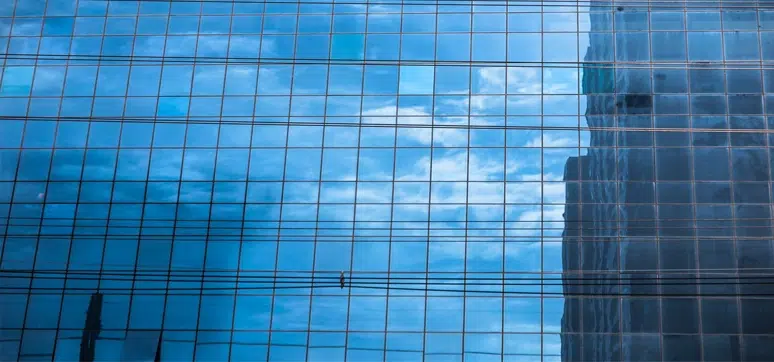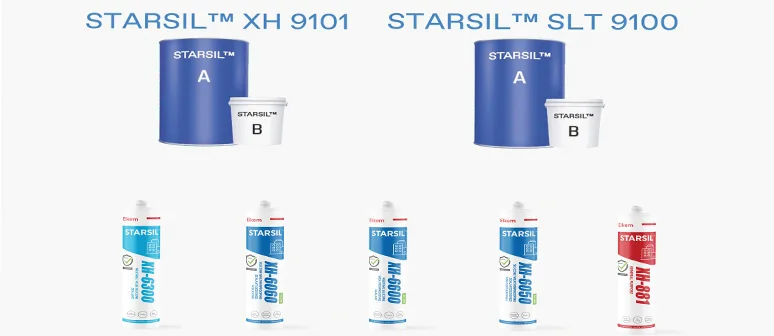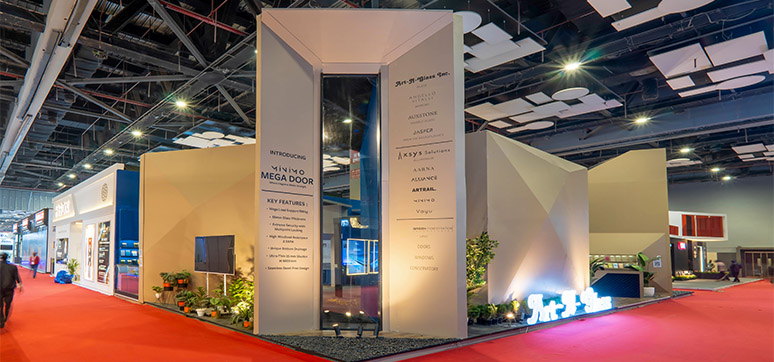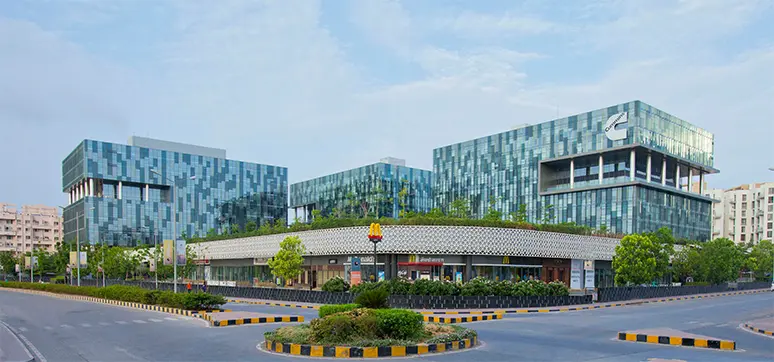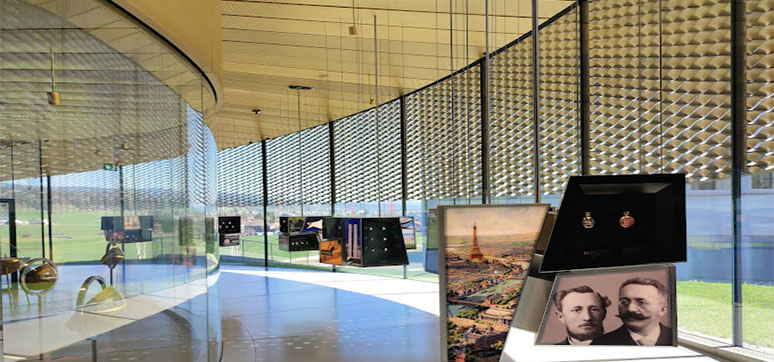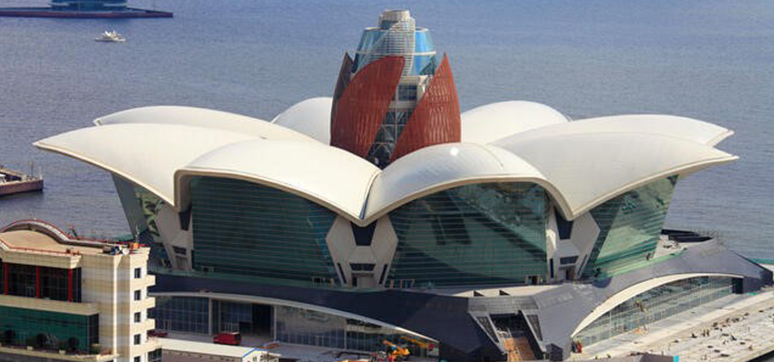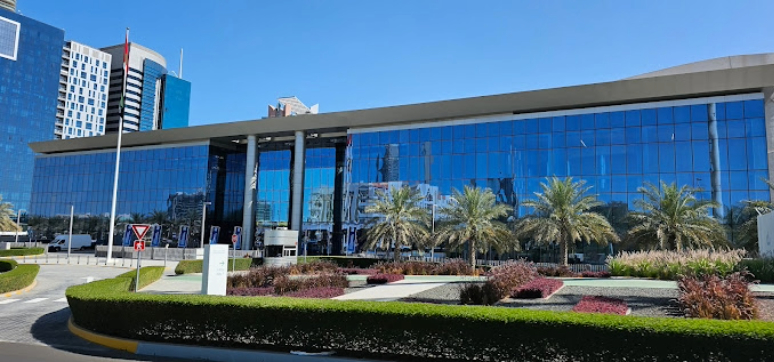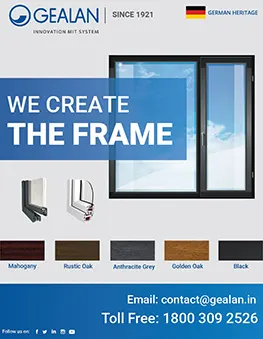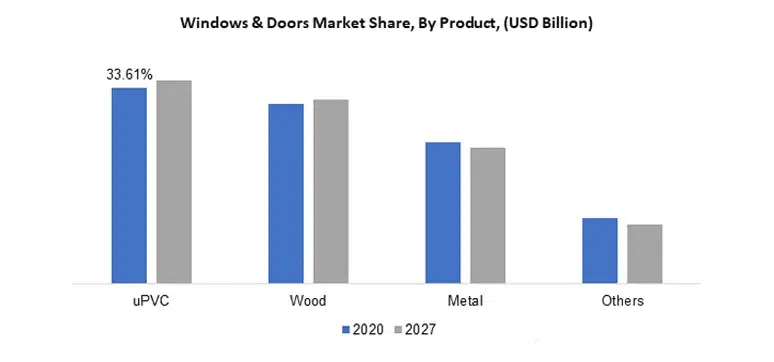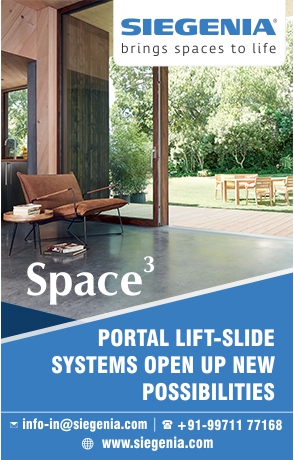Trends in Glass & Glazing for the Building Envelope
By: Iain Gray, BB7
Performance Requirements in the UK Market – The Challenge of Our Time
We live in unprecedented times. Again.
There have been many challenges in our industries past, with revolutions and technology being used to bring us to the modern façade we see today; the implementation of technology by Bessinger (and then latterly by Pilkington) to give us float glass; the introduction of Double Glazing (DGU’s) by Haven in 1930s via the “Thermopane”; the collaboration of Pilkington and Flachglas Group giving us the first commercial Low-E glazing coatings to name but a few.
These leaps in technology solved the issues of their time; however, we once again stand on the precipice of the next essential evolution in the UK façade industry. This need for evolution – or even revolution – is due to a perfect storm for a revolution due to the perfect storm in terms of technical requirements; new research in glass performance, new standards updates, new Building Regulations and Approved Documents, Brexit, a Climate Crisis, and the implementation of the Building Safety Act – all affecting how we design, install, and specify glazed façades in the midst of a crippling skills shortage.
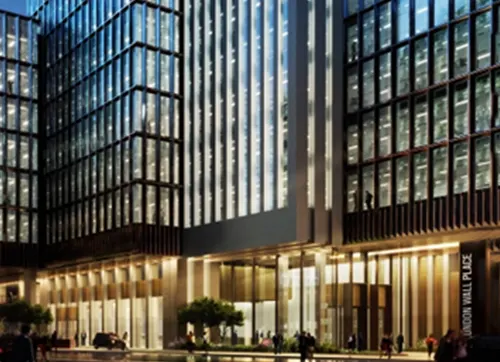
I’m going to go ahead and spoil the ending of this article right now by telling you that the answer does not lie within – I don’t have the answers. What I do hope this article will provide is a little insight into the combination of factors affecting technical performance in the UK and the resultant challenges as they exist today for architects, specifiers, and manufacturers. The challenges are certainly not a one-man job, and it will take all of these interested parties working in collaboratively to find our way through.
Fire Performance – Approved Document B
Following the disaster, at Grenfell Tower in June 2017 the architecture of British Regulation changed fundamentally in 2019. Following the update to the regulations (and Approved Document B – ADB) this affected glazing specification in 2No fundamental ways:
- Laminated Glass Balustrades are no longer permitted on residential buildings
- Laminated Glass Spandrels are no longer permitted on residential buildings
Balustrades
The laminated glass balustrade issue was probably the most surprising since its ban in 2019, especially considering the fact that it has been a design staple for several years now. By eliminating laminated glass from these elements, the only standard alternative option for a glass balustrade is a monolithic (heat toughened) glass unit, however, this leaves a key safety concern should this balustrade fail for any reason.

It has been suggested that laminated glass could be retained as a balustrade if it formed part of a window system, which would technically put it within the exemptions list from Regulation 7(3), however from speaking with fire specialists and Building Control officers this appears to be less in the spirit of the regulations and is not something that is generally being accepted.
Some innovative solutions have been introduced to the market in the last year for “Fire Rated Glass Balustrades”. Sadly however the new interlayers suffer from exposure and low-temperature issues which currently make them unsuitable for the UK market without opacifying or delaminating.
Spandrels
The laminated spandrel (essentially any glass that is fully opaque in some part) is also a continuing issue in terms of Regulation compliance, with ADB Section 10.15 (d) “… Window spandrel panels and infill panels must comply with Regulation 7(2).” This again gives rise to the need for a monolithic glass pane in these situations. There is an argument on whether Heat Soak Tested Toughened Glass (HT) would be the solution in these situations, however, this has very low resilience should the unit fail. Heat Strengthened (HS) glass is generally a better option in terms of post-breakage retention as it tends to not form islands but is weaker and can form larger shards should this ever fall from the unit. but it is not suitable in every situation.
A Crisis in Sustainability Specification
With the ongoing and shocking flooding seen in Pakistan since June 2022, the climate crisis is making us think more than ever to change how we affect our planet as a result of human activity; a key part of this must be to consider how we build our urban environment. On the glazing front, this is something that is thankfully being recognised and tackled on multiple fronts in the UK, with a combination of standards as well as the increasing advent of cost-neutral low energy production and recycled glazing initiatives.
Standards Changes

The standards changes in the last 2 years have come thick and fast, and have drastically changed what we can propose on projects going forward. Key amongst the introduction of new standards is the new Approved Document L (ADL) 2021, covering thermal performance and building efficiency, and the new Approved Document O (ADO) 2021, which now formalises overheating requirements from its roots in CIBSE TM59.
These new regulatory vehicles need to be considered by the MEP specialist, however, they need to also be considered in conjunction with local authority minimum improvement performance values (e.g. The London Plan) making this even more of a challenge to meet efficiency targets through the building fabric. This is also linked to the introduction of new Standard Assessment Procedures (SAPs) 10.2 which no longer provide “Approved” values for interfaces. The Default values now are unlikely to meet the minimum required performance without complex assessment of the glazing, spacer, frame, and interface via computer modelling – a specialism that is severely under-resourced.
These changes are not set to slow down either, with glazing performance set to drop again with the Future Homes Standard (Window U-values <0.8W/m²K), as well as an increase in Passivhaus Standard construction (Window U-values <0.8W/m²K) and LETI Targets (Window U-values <0.8- 1.0W/m²K) to consider depending on the scheme and the client/funder requirements.
Fabrication & Embodied Carbon
The production issue and how much carbon we embody into our construction products are as much a part of the process of reducing our impact. The first and most obvious solution is in reducing operational energy in production, something which thankfully is being implemented across several major glass, timber, and aluminium producers to produce “low carbon” products.
The second solution is recycling, which is a much more difficult problem to solve – in spite of the willingness of clients, main contractors, and manufacturers. For the glass sector sadly there are currently very few options, and what does exist is limited to a few enterprising companies which are then difficult to scale whilst maintaining architectural grade glass without introducing unacceptable impurities into the mix.
In the aluminium sector, this is something that has been much better grappled with, with recycling plants focusing purely on post-consumer content and producing billets that consistently have the same performance as a “fresh aluminium” alternative. This is starting to be unofficially regulated by clients and consultants in the UK for the amount of Embodied Carbon (kgCO2 /m2 -eq) in the façade line, and the use of quantifiable data from independently certified European Product Declarations (EPDs) is quickly forming part of the standard documentation in the UK, particularly on large schemes.

Acoustic Performance
The final consideration that is affecting the UK facade industry is acoustic performance; since 2019 the planning rules prevent the development of residential buildings creating unreasonable restrictions on existing noise sources. This is creating an issue that is coming more and more to the fore on city-centre developments with the level of noise reduction that is being required, as well as the complexity of noise now being considered.
Required reduction levels, including the framing, of 45dB Rw+Ctr are becoming increasingly common, with considerations on performance in the octave bands also becoming increasingly a part of the acoustic specification. These high-performance levels are particularly problematic at the “bass” range of the octave bands (i.e. 63Hz), where historic test data simply doesn’t cover these levels of performance.
Considering that Triple Glazing (TGUs) have typically poorer low-frequency performance this challenges the new regulation standards for thermal performance, as well as making it increasingly difficult to have manually operable windows on city developments going forward.
Conclusion
The challenges we face in the UK market are complex and will need fresh thinking and innovation, both from a specification and a manufacturing technology perspective. Whilst some solutions do exist for some of these issues already, invariably the appetite for risk on new technology and barriers on cost are still key drivers. I am however constantly amazed by the ingenuity of the experts and professionals in our field, and I am confident that the answer is out there to provide better buildings, with more safety and comfort, whilst supporting the industries’ response to the climate emergency currently.
Top Stories
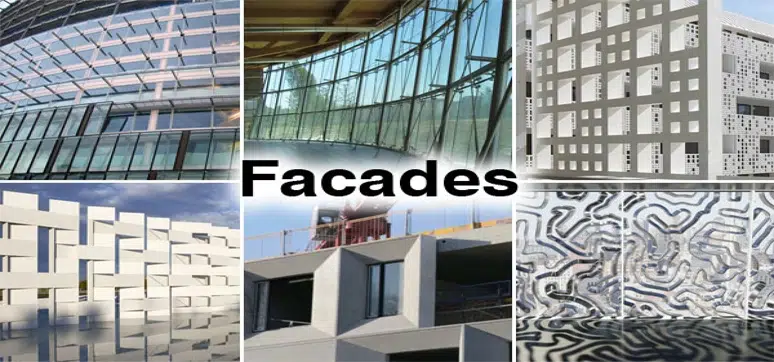
Façade Systems Market Size is Estimated to Reach USD 398.8 Billion by 2029
By: Abdul | April 16, 2024
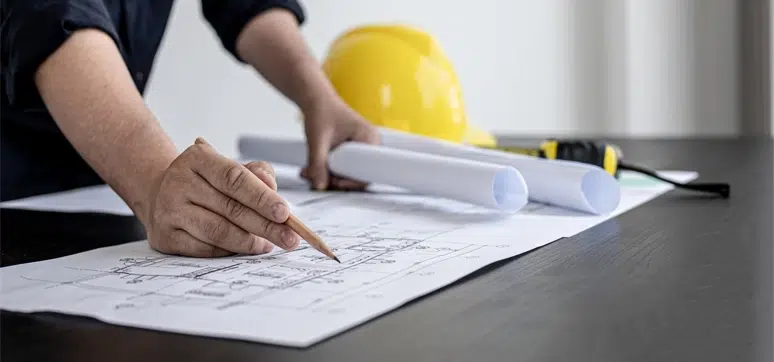
Improving Sustainability Alongside Fire Safety – Can We Deliver?
By: Abdul | April 16, 2024
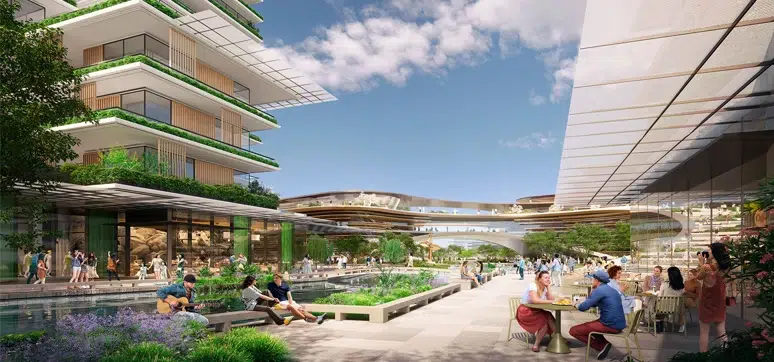
Foster + Partners Wins the Competition the New Xicen Science & Technology Centre
By: Abdul | April 9, 2024

A Symbol of Architectural Brilliance & Cultural Significance
By: Abdul | April 8, 2024



